By | May 7, 2017 12:50pm ET
-

Credit: NASA Marshall Space Flight Center
Introduction
The U.S. Air Force’s X-37B space plane has been zipping around Earth since May 2015 while it performs a number of hush-hush activities. The current mission is the fourth for the robotic X-37B, which is also known as the Orbital Test Vehicle (OTV). The other three OTV flights launched in April 2010, March 2011 and December 2012. Here are a few surprising facts about the military space plane.
-

Credit: Boeing
It’s tiny
The X-37B looks a lot like NASA’s iconic space shuttle, but the two types of vehicles don’t resemble each other in size. The X-37B is just 29 feet (8.8 meters) long, with a wingspan of 15 feet (4.6 m). The now-retired space shuttle orbiters, by contrast, were 122 feet (37 m) long, and measured more than 78 feet (24 m) from wingtip to wingtip. Two X-37Bs could fit inside the shuttle’s cavernous payload bay. Indeed, the X-37B’s designers originally envisioned the shuttle carrying the smaller space plane to orbit but ultimately decided that launching the X-37B atop a rocket would be more economical. The X-37B currently rides to orbit aboard United Launch Alliance’s Atlas V rocket. Like the space shuttle, the X-37B lands on a runway, plane-style, but does everything autonomously (in contrast to the piloted shuttle, which usually carried a crew of seven astronauts).
-

Credit: United Launch Alliance/Boeing
Its missions are classified
Although the Air Force has disclosed some of the payloads that have flown to orbit on the X-37B, most of the space plane’s onboard gear is classified, as are the details of its orbital activities. This secrecy has led to some speculation that the vehicle is some sort of space weapon, perhaps one designed to take out or capture satellites. However, the Air Force has always denied this notion, insisting that the X-37B is just testing out technologies for future spacecraft, and carrying various experiments up to space and back. Some of these technologies being tested may be sensors and other equipment for future spy satellites, outside experts have said.
-

Credit: Boeing
It has NASA roots
The X-37 program started in 1999 with NASA, which initially planned to develop two separate vehicles: an Approach and Landing Test Vehicle (ALTV), and an Orbital Vehicle (OV). But NASA transferred X-37 development to the Defense Advanced Research Projects Agency (DARPA) in 2004, at which point it became a classified program. In 2006, the Air Force announced it would develop its own X-37 vehicle, which it dubbed the X-37B, or OTV. The design of the space plane was based heavily on the original OV, which was never built. (DARPA did construct and test the ALTV, however.) Boeing has been the primary contractor for the X-37B program dating back to its inception in 1999. To date, the company has apparently built two X-37B space planes for the Air Force. (Two different vehicles have flown the program’s four space missions.)
-

Credit: United Launch Alliance
The missions are incredibly long
The Air Force’s X-37B fact sheet states that the space plane is designed to spend up to 270 days in orbit at a time. However, the vehicle has already zoomed past that limit multiple times. The first X-37B mission, known as OTV-1, stayed aloft for just 225 days. But OTV-2 and OTV-3 lasted 469 days and 674 days, respectively. OTV-4 circled Earth for a record-shattering 718 days before it landed on May 7, 2017. This longevity may be a key part of the X-37B. After all, engineers testing technologies for future satellites want to see how this gear behaves in the space environment for long periods of time, experts have said.
-

Credit: Kevin Fetter
You can see it from the ground
Though the Air Force doesn’t disclose the X-37B’s precise orbit, keen-eyed amateur astronomers have managed to track the vehicle from the ground — and so can you, thanks to their efforts. Check out Space.com’s satellite tracker to see where the X-37B is overhead during a mission. The view won’t be dramatic; the space plane usually looks like a star of middling brightness moving across the sky. -

Credit: AIAA/Grantz/Boeing
Future versions might be coming
The current version of the X-37 may not be the last to reach space. In 2011, Boeing representatives announced that they were considering developing a larger variant called the X-37C, which could carry up to six astronauts to and from the International Space Station (ISS). In addition, an engineering team led by former NASA astronaut Stephen Robinson has proposed using a modified version of the X-37B as an ISS emergency-evacuation vehicle. But this is just a concept at the moment, and there’s no indication that Boeing is investigating this “astronaut ambulance” variant.
of 8
of 8
of 8
of 8
of 8
of 8
of 8
of 8
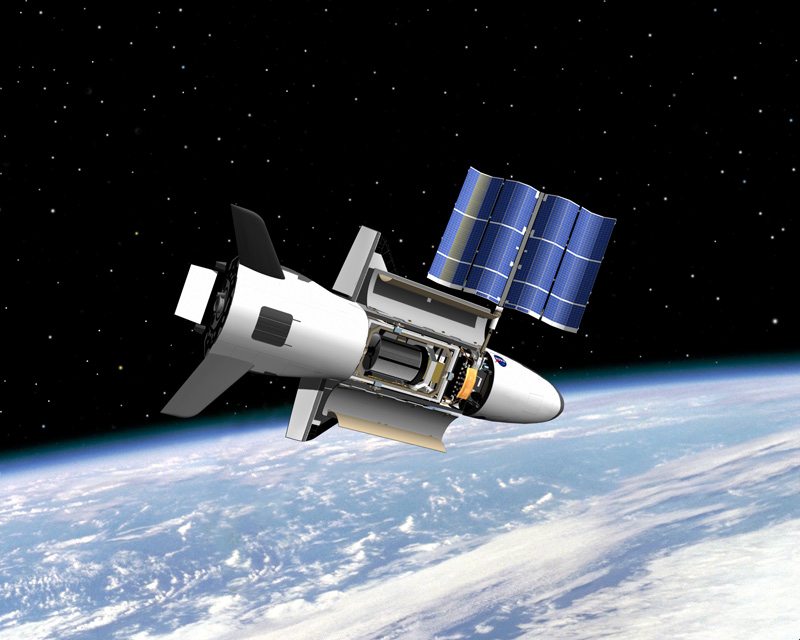
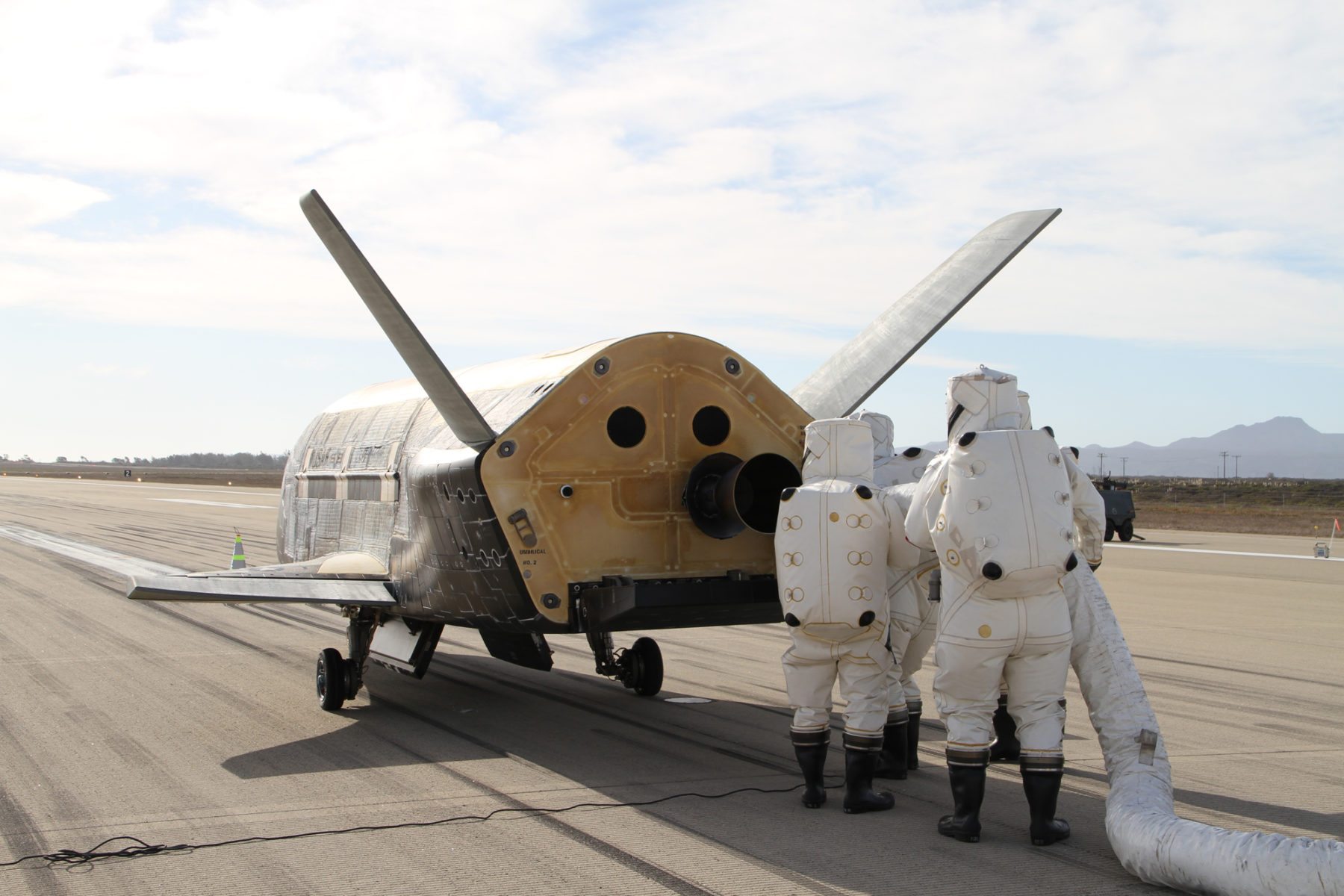
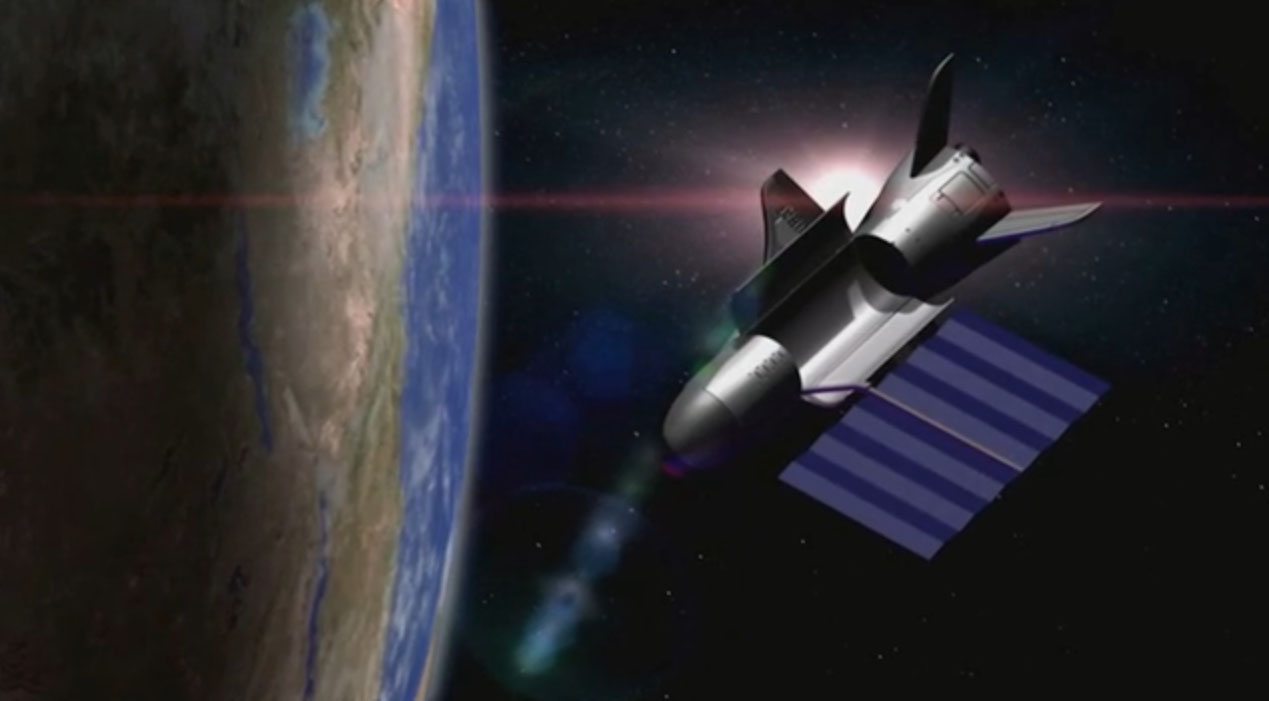
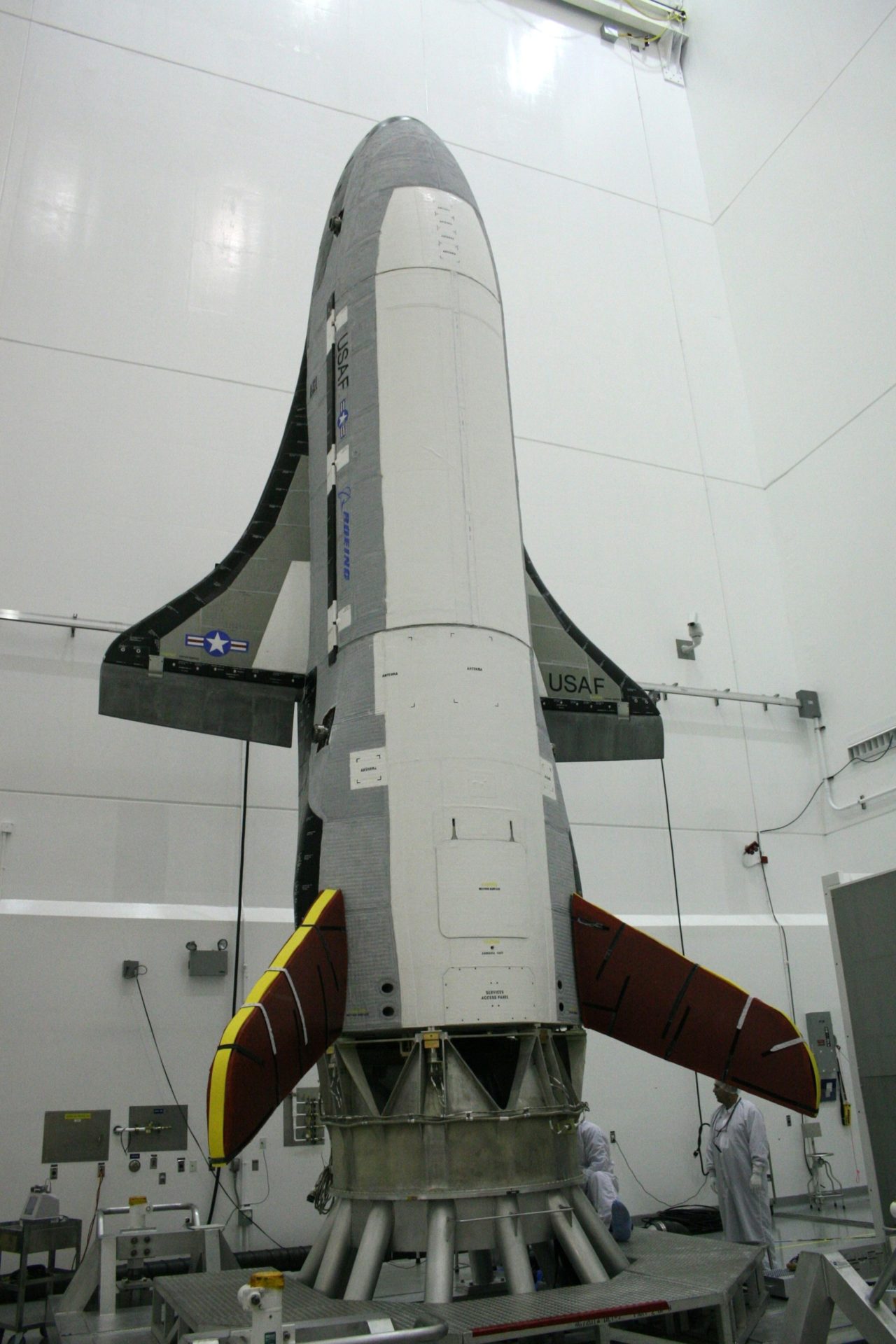
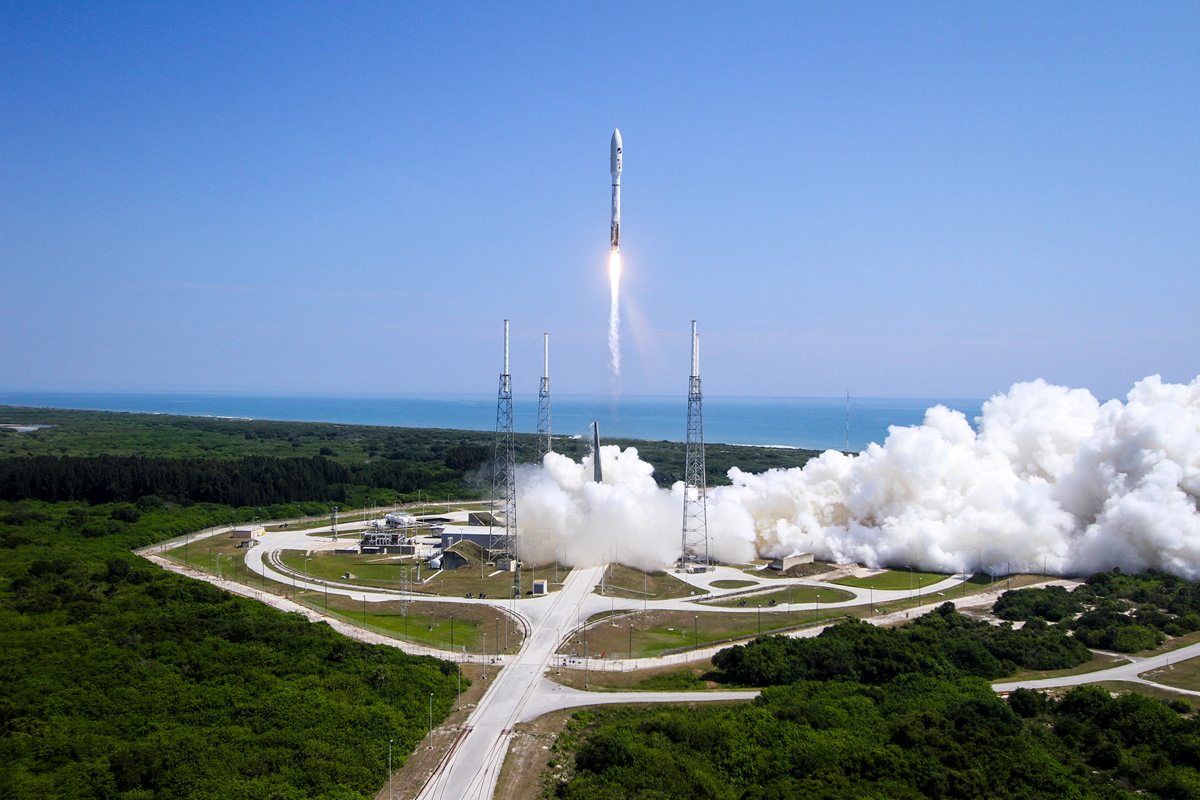
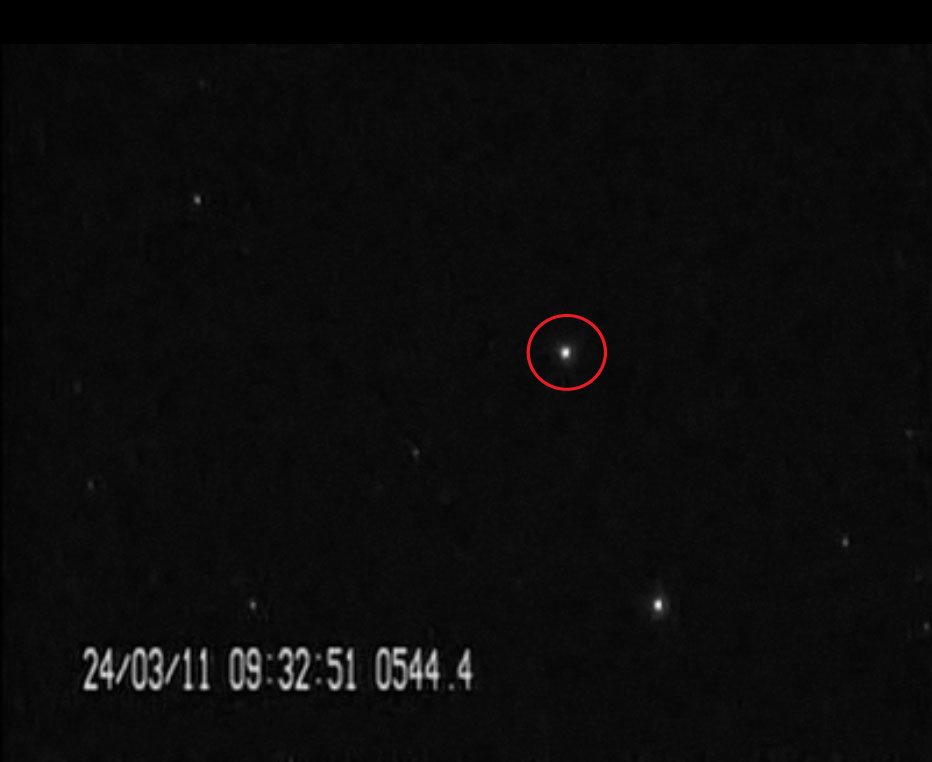
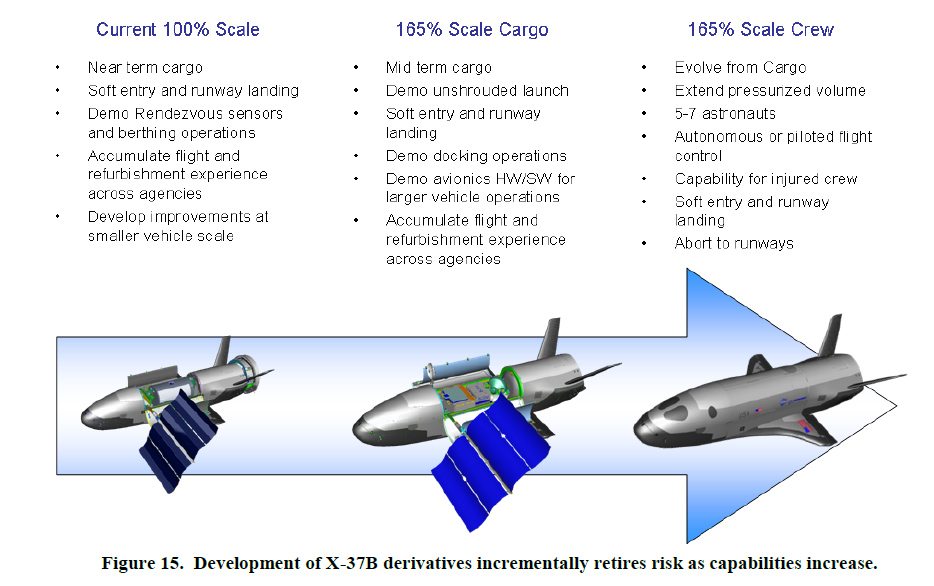
Comments are closed.